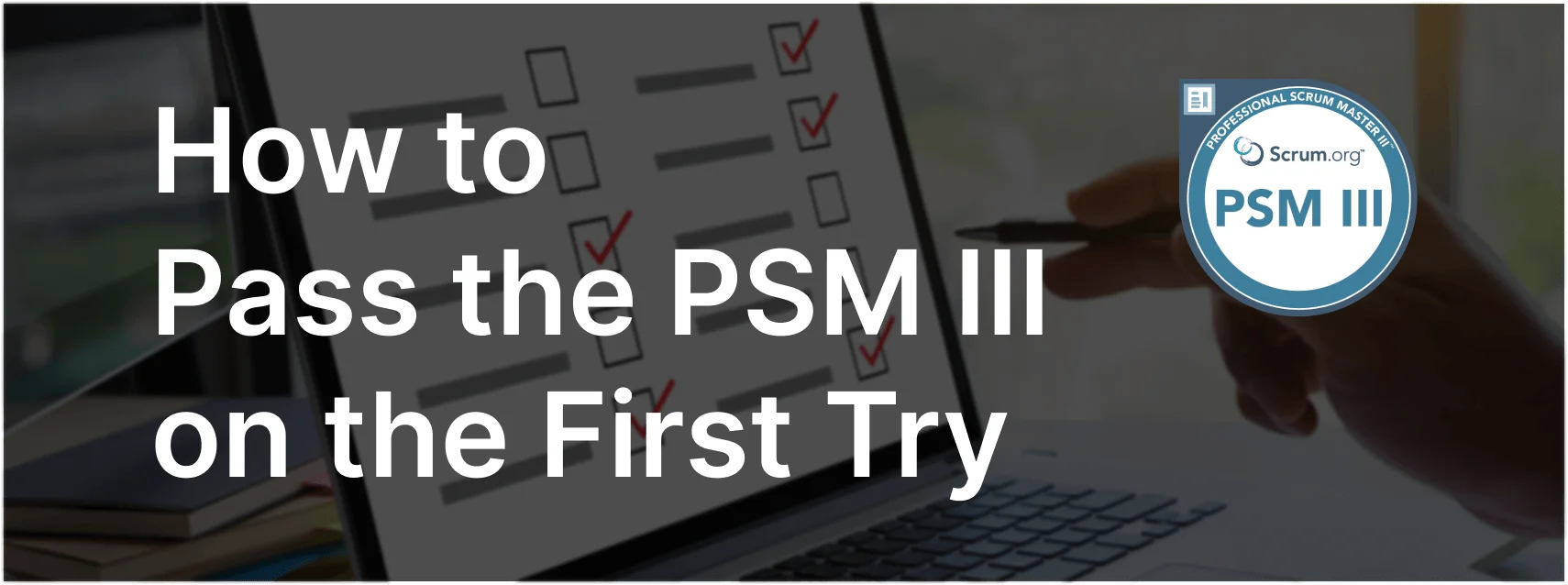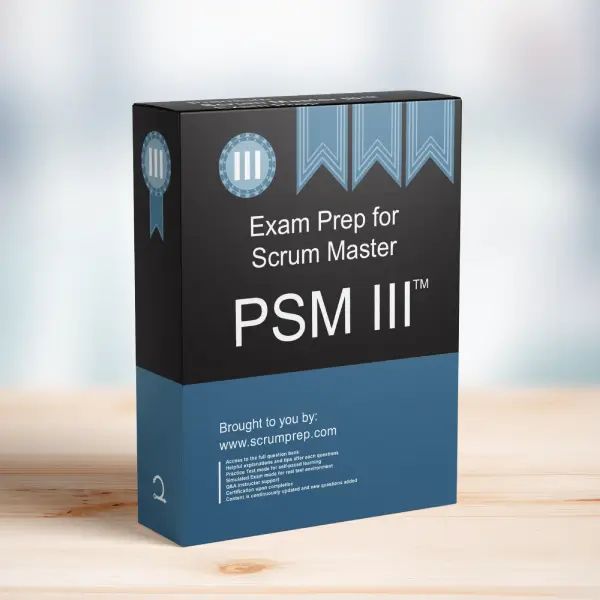Determining If the Product Owner Is Interacting with the Developers Enough
The Product Owner plays a crucial role in ensuring that the Scrum Team is aligned with the product vision and that the Developers are working on the most valuable items. As a Scrum Master, it is important to assess whether the Product Owner is interacting sufficiently with the Developers to ensure effective collaboration and alignment.
Exam Question
The Product Owner is a part of the Scrum Team.
How can you, as the Scrum Master, determine if the Product Owner is interacting with the Developers enough?
Explanation
1. Observing Communication Patterns
- Daily Interactions:
The Product Owner should be regularly interacting with the Developers, especially during key events like Sprint Planning, Daily Scrum, and Sprint Review. As a Scrum Master, observe whether the Product Owner is actively participating in these events and providing necessary clarifications and guidance to the Developers. - Availability:
Assess the availability of the Product Owner for ad-hoc discussions with the Developers. If Developers frequently need to wait for answers or clarification, it may indicate that the Product Owner is not engaging enough.
2. Feedback from Developers
- Direct Feedback:
Regularly seek feedback from the Developers about their interactions with the Product Owner. Questions like “Are you getting timely information from the Product Owner?” or “Is the Product Owner available when needed?” can provide insights into the effectiveness of their collaboration. - Retrospective Insights:
During Sprint Retrospectives, encourage the Developers to share their thoughts on how the Product Owner’s involvement has impacted their work. This can reveal whether the current level of interaction is sufficient or if improvements are needed.
3. Reviewing Backlog Refinement Activities
- Engagement in Backlog Refinement:
Evaluate the Product Owner’s involvement in Product Backlog refinement sessions. The Product Owner should be actively working with the Developers to ensure that Product Backlog items are well understood, refined, and ready for upcoming Sprints. If the Product Owner is absent or minimally involved in these activities, it could indicate insufficient interaction. - Clarity of Product Backlog Items:
The quality and clarity of the Product Backlog items are good indicators of the Product Owner’s interaction with the Developers. Well-defined and prioritized items suggest that the Product Owner is collaborating effectively with the team.
4. Alignment with Sprint Goals
- Achievement of Sprint Goals:
Consistent achievement of Sprint Goals can indicate that the Product Owner is providing the necessary guidance and support to the Developers. If Sprint Goals are frequently missed or misunderstood, it could be a sign that the Product Owner is not sufficiently involved.
Relevance to the PSM III Exam
In the PSM III exam, understanding the dynamics of the Scrum Team, including the interaction between the Product Owner and Developers, is critical. Being able to assess and facilitate effective collaboration is a key responsibility of the Scrum Master, and demonstrating this understanding is essential for advanced Scrum practice.
Key Takeaways
- Regular Interaction: The Product Owner should be regularly interacting with the Developers to provide guidance and support.
- Effective Communication: Observing communication patterns and seeking feedback can help determine if the Product Owner is engaging sufficiently with the team.
- Engagement in Refinement: Active involvement in backlog refinement and alignment with Sprint Goals are indicators of effective collaboration.
Conclusion
As a Scrum Master, ensuring that the Product Owner is interacting with the Developers enough is crucial for the success of the Scrum Team. By observing communication patterns, seeking feedback, and evaluating the Product Owner’s engagement in key activities, you can determine if their interaction is sufficient and take steps to improve collaboration where necessary. For more insights into Scrum practices and to prepare for the PSM III exam, visit our Scrum Master PSM III™ Exam Prep.



